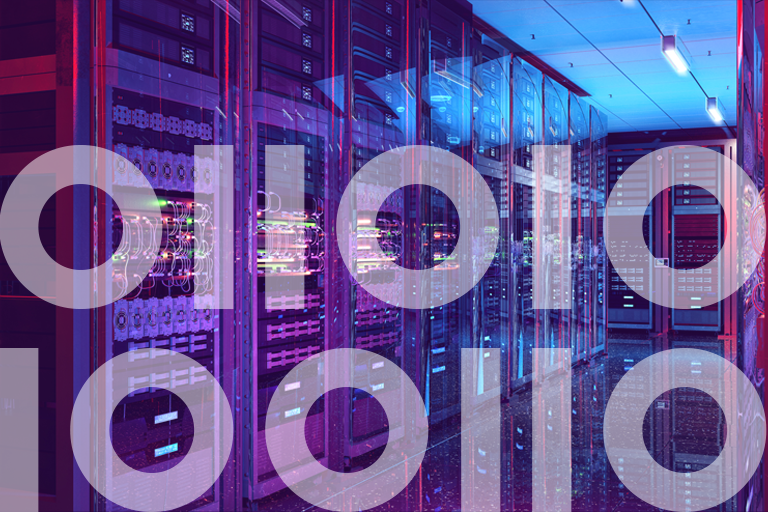According to McKinsey, “businesses that follow the lead of cloud migration outperformers stand to unlock some $1 trillion in value.” Gartner estimates that 85% percent of organizations plan to fully embrace a cloud-first strategy by 2025. Those statements echo what most insurance executives already know. Innovators in the industry understand that leading-edge technologies such as AI and machine learning will be a deciding factor in the quest for competitive advantage when moving to the cloud.

Many insurance carriers face a significant challenge with respect to legacy mainframe systems, however these organizations rely on mainframes to run their most business-critical applications. Yet, to move forward with digital transformation strategies they must break down the barriers that stand between their mainframe data and moving to the cloud.
Modernization projects are increasingly driven by escalating mainframe operating costs, as well as by an acute shortage of people with the right expertise. As a wave of experienced mainframe professionals reaches retirement age, it has become more difficult than ever to locate and hire people with the necessary skills.
The COVID-19 pandemic led to a widespread awareness that businesses need to be nimbler. Technology has been a great enabler in that quest, and most organizations recognize the value of moving to a cloud-first strategy.
Modernizing mainframe workloads is not just about overall agility; it’s also about laying a solid foundation for future innovation. As companies strive to leverage AI/ML, location intelligence, and cloud analytics into their portfolio of tools, siloed mainframe data often stands in the way of forward momentum.
Read our eBook
5 Tips to Modernize Data Integration for the Cloud
Real-time CDC and ETL solutions from Precisely help you break down data silos, become data-driven, and gain a competitive advantage. To learn more, read our ebook.
Challenges of Mainframe Data Integration
For companies running mainframe systems, the challenges of siloed legacy data have become more pressing than ever before. Legacy modernization is a highly complex undertaking. It requires a carefully considered approach to data integration and data integrity.
If not undertaken properly, modernization projects can be fraught with risk. McKinsey estimates that approximately a hundred billion dollars will be wasted on cloud migration projects over the next three years.
Data integration is more critical now than ever before, but it’s also more difficult. Data is spread across multiple systems and appears in a variety of formats. It’s arriving from different sources at different velocities. Systems seem to be in a constant state of flux, as companies bring new software online, discontinue older systems, and migrate more of their workloads to the cloud.
Insufficient skills, limited budgets, and poor data quality also present significant challenges. Data accessibility is especially difficult in light of increasing privacy and data sovereignty regulations, as well as ever-present concerns over security.

At the same time, there is a stronger push for real-time analytics and real-time customer access to data. For most applications, batch-mode integration is no longer sufficient.
How do you wrangle the data from a myriad of different sources without negatively impacting your operational systems? How can you ensure that the data that supports your core business operations is available to the systems and users who rely on it every day? Keeping up-to-date with those changes can be cumbersome and time-consuming.
Data Integrity Is a Business Imperative
As the number of data tools and platforms continues to grow, the amount of data silos within organizations grow too. Forbes reports that 84% of CEOs are concerned about the integrity of the data they use to make important decisions every day.
These situations are disheartening enough as it is, but when you consider the impact that poor data integrity has on the viability of migration and modernization projects, the outlook appears quite bleak.
Native mainframe data does not conform to the same standards as that which populates most modern systems. For companies that run IBM i (AS400) systems, the challenge is even greater. How can insurance carriers bridge the gap between those legacy workhorse systems and modern cloud-based platforms like Snowflake, Databricks, Amazon Redshift, and others?
The right data integration technology can vastly simplify things. Together with other data integrity tools, you can maintain the accuracy, completeness, and quality of data over its lifecycle. Streaming data pipelines help to make data available and accessible in real time. Data discovery, cataloging, and data quality management tools enable insurance carriers to gain control over their data. Data enrichment and location intelligence add valuable context, enabling business users to achieve standout results.
Data integrity is a journey. It requires a clear commitment from the business to achieve meaningful and lasting results. Every company’s path to data integrity is unique and should be driven by the organization’s strategic priorities.
For many, the initial focus will be on data integration, eliminating silos of information. Virtually all organizations will benefit from measuring the quality of their data and observing how data changes over time. Location intelligence adds valuable context while improving data quality using technologies like geo-coding, geo-addressing, and spatial analytics. Data enrichment using trusted third-party sources adds a valuable perspective that can lead to breakthrough insights.
Despite these common threads, every organization will find its own unique path to achieving high levels of data integrity.
Data Integration Is Foundational
Insurance carriers that operate mainframe systems stand to benefit greatly from the use of Change Data Capture (CDC) technology. CDC replicates data in real time by ingesting database logs, parsing the information they contain, and initiating parallel changes in a target system. Because it merely reads log data, there is no drag on the performance of the database server itself.
Many organizations are using CDC technology to push data to cloud data platforms like Snowflake, Redshift, Databricks, and Kafka. Precisely Data Integration tools offers a robust, enterprise-grade integration solution that incorporates a design once, deploy anywhere approach to streaming data pipelines. That translates to efficiency, simplicity, and flexibility.
Real-time CDC and ETL solutions from Precisely help you break down data silos, become data-driven, and gain a competitive advantage when moving to the cloud. To learn more, read our ebook 5 Tips to Modernize Data Integration for the Cloud.







